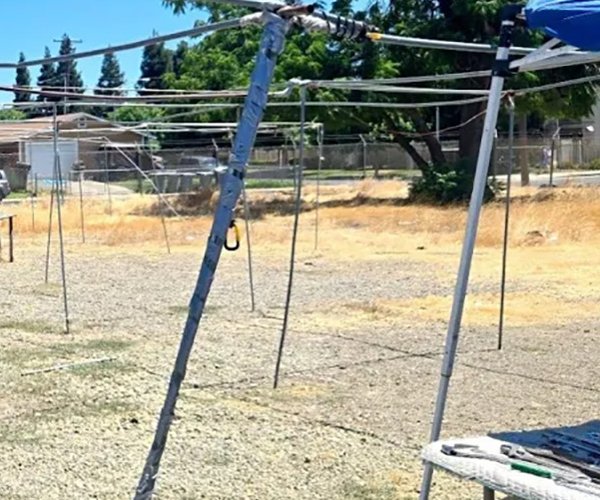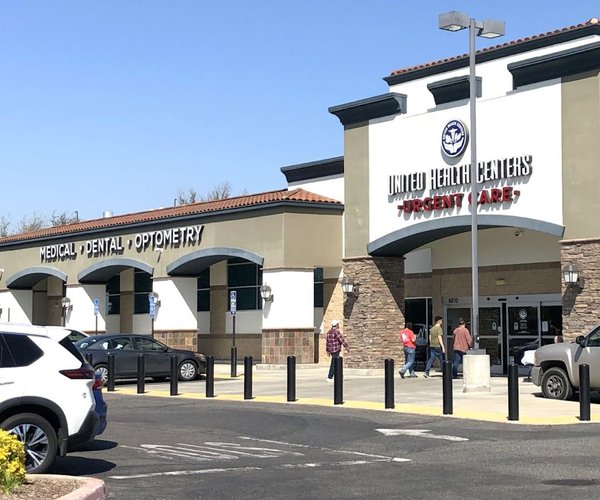A move is afoot in Congress to increase the annual “rent” the City of San Francisco pays for the privilege of flooding Hetch Hetchy Valley in Yosemite National Park from $30,000 to at least $2 million.
The bill by Rep. Connie Conway, who represents much of the southern San Joaquin Valley, is designed to require the City of San Francisco to not only pay fair market for renting the only land ever flooded for a reservoir in a national park, but also to force the city to comply to terms they agreed to in the 1913 Raker Act.
Among those terms was allowing recreational uses such as non-motorized watercraft, camping and picnicking at Hetchy Hetchy and Lake Eleanor in exchange for flooding the valley. Conway’s bill also would allow swimming.
The City of San Francisco has steadfastly refused to honor those provisions.
Today, access to the Hetch Hetchy area is restricted to a set number of hours per day at the insistence of the City of San Francisco. Daytime hiking is allowed.
San Francisco’s $30,000 annual payment leveraged $453 million in water and power sales in 2018.
The San Francisco Public Utilities Commission — a city agency with a $1.3 billion budget — also pays $8 million to Yosemite National Park.
That $8 million covers security costs and watershed protection at Hetch Hetchy which essentially protects the city’s investment as opposed to furthering the mission of the National Park Service in forming Yosemite National Park for public use and preservation.
“Hetch Hetchy belongs to the people of California, but we are prohibited from enjoying its natural beauty or simply having picnics there,” Conway said. “San Francisco has not provided for these recreational activities, while paying a tiny fee for the invaluable benefits the city reaps from the reservoir. This bill will allow California families to access these serene areas and force San Francisco to pay a fair price for the benefits it has enjoyed from Hetch Hetchy for a century.”
The Hetch Hetchy Valley, based on old photographs as well as descriptions by visitors more than 110 years ago, mirrored the grandeur of Yosemite valley but on a smaller scale.
Efforts over the years in Congress have focused on restoring the valley that Sierra Club founder John Muir fought without success to preserve. They haven’t targeted raising the 1913-era rent to modern-day market value or even indexing it for inflation.
Based on inflation, a 2020 study indicated the city should be paying $$800,000 a year and not $30,000.
That study was referenced by a report dubbed “The Dam Rent is Too Low” published by the Property and Environmental Research Center.
That report also indicated if San Francisco were treated like other park concessioners. As such, the city should pay 8 percent of its profits from electricity and water sales. That would have reflected a $36 million annual rent in 2018 based on $543 million in sales.
A third method for readjusting the $30,000 rent was to base it on the recreational value of an undammed Hetch Hetchy Valley.
The consulting firm EcoNorthwest placed that value at between $1.7 billion and $5.4 billion. Using a discount rate of 3 percent on the lower end estimate of $1.7 billion yields an annuitized rate of $66 million. PERC argued that would be the basis of an annual lease payment.
It should be noted a 2016 study estimated the backlog of needed maintenance at U.S. National Parks at $11.9 billion. That includes $500 million at Yosemite National Park. Of that, $100 million is considered critical.
"Yosemite National Park was set aside in 1864 by legislation signed by Abraham Lincoln for the express purpose of ‘public use, resort, and recreation,” noted Rep. Tom McClintock. “I am pleased to join Congresswoman Conway in introducing legislation that will uphold this promise.”
McClintock, whose district includes Yosemite as well as Sequoia and Kings national parks, is a cop-sponsoring as is Rep. David Valadao who represents much of the southwest portion of the San Joaquin Valley including parts of Fresno.
Studies examining removing O’Shaughnessy Dam indicated Don Pedro could be reconfigured to capture the water used by San Francisco. Once removed, restoration of the valley could start.
The Sierra Club was joined by the Turlock and Modesto irrigation districts in the fight to stop Hetchy Hetchy from flooding.
The two districts opposed it because building the dam served to limit their water supply.
Rep. Valadao said, “For too many years, San Francisco has gotten away with paying a minuscule rental fee for the abundant water supply Hetch Hetchy provides the city and surrounding communities,” Congressman Valadao said. “I’m glad to join Congresswoman Conway in her efforts to get San Francisco to pay their fair share and allow all Californians to enjoy Hetch Hetchy’s natural beauty.”









